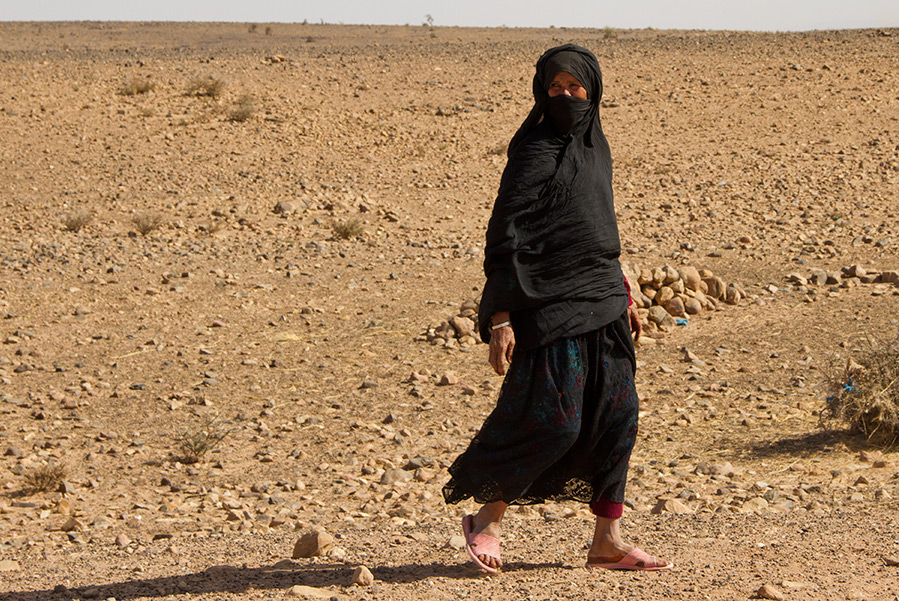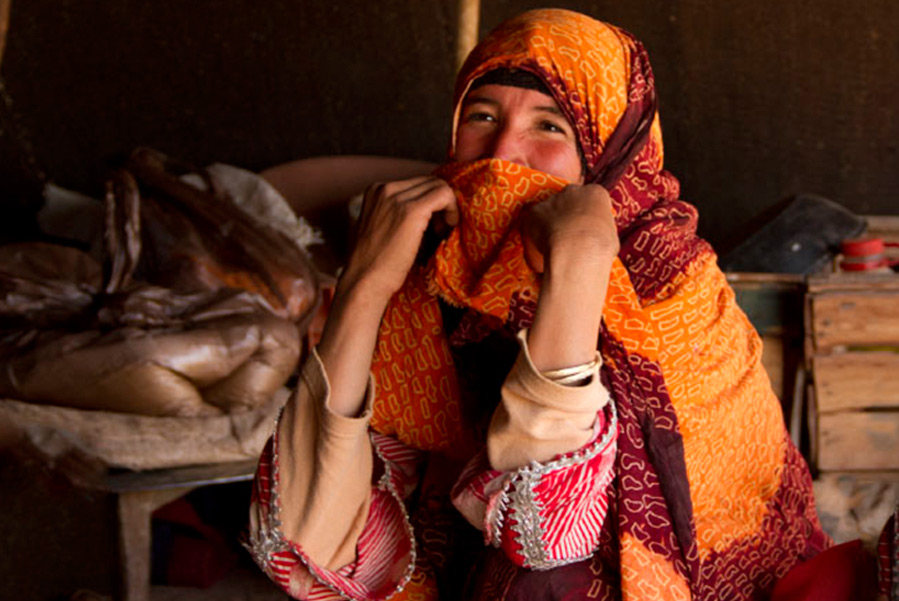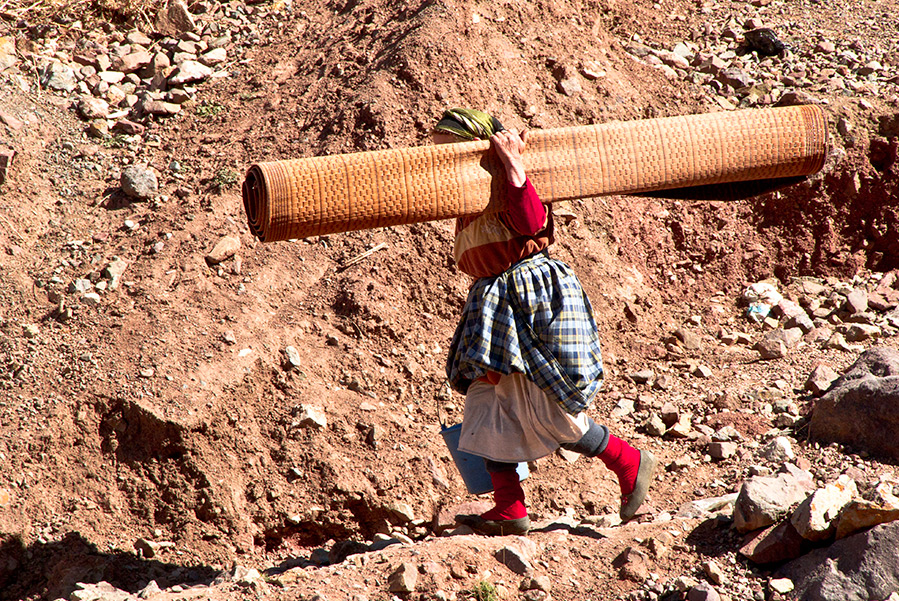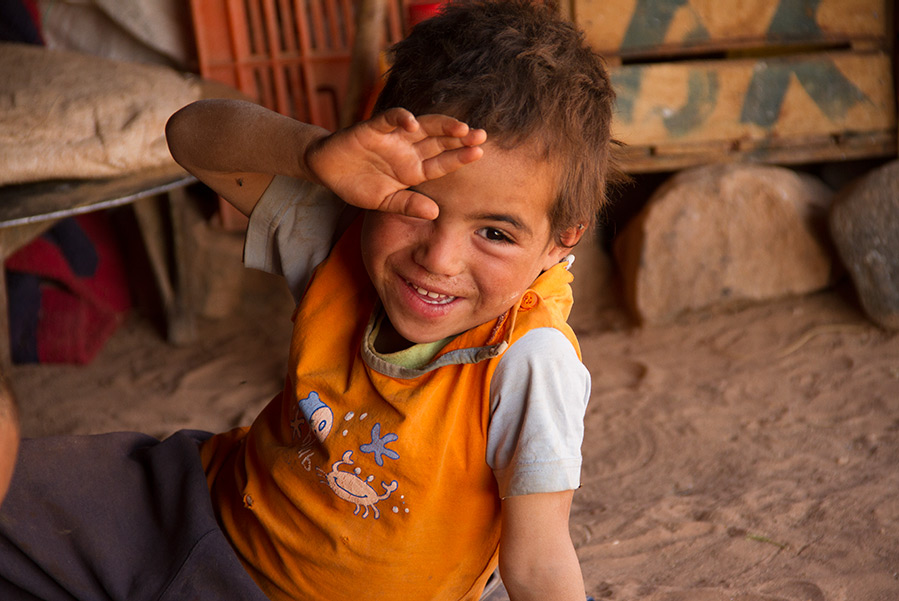


MORE ABOUT THE BERBERS OF NORTH AFRICA
Today, most Berber people live in Northern African countries, mainly in Algeria and Morocco. Believe it or not, Berber history goes back to prehistoric times. They’ve been around for at least 4000 years or maybe more. Calling themselves Amazigh, the proud raiders, they fought against the Romans, Arab, and French invaders. Even though the Romans and others have tried to colonize the Berber people, they have managed to preserve their own language and culture and in reality were never beaten!
Berber language is primarily oral in nature, although they have had their own writing system for more than 2500 years. Sometimes hard to find, the writing can be seen catalogued in the small museums throughout the south.
The social structure of the Berbers is tribal. A leader is appointed to command the tribe. Traditionally, men take care of livestock. They migrate by following the natural cycle of grazing, and seeking water and shelter. They are thus assured with an abundance of wool, cotton and plants used for dyeing. For their part, women look after the family and handicrafts - first for their personal use, and secondly for sale in the souqs in their locality.
The Berber tribes traditionally weave kilims. The tapestry maintains the traditional appearance and distinctiveness of the region of origin of each tribe, which has in effect its own repertoire of drawings. The textile of plain weave is represented by a wide variety of stripes, and more rarely by geometrical patterns such as triangles and diamonds. Additional decorations such as sequins or fringes, are typical of Berber weave in Morocco. The nomadic and semi-nomadic lifestyle of the Berbers is very suitable for weaving kilims.
The role of men and women in Berber society
It is typically the men who choose a wife for themselves within their tribe, but in some tribes the decision is taken from him and is made by the families. Although in the Tuareg tribe it is the woman who chooses the man she would like to marry. It will depend on the tribe whether the family structure is patriarchal or matriarchal. The strict adherence to custom has given the Berber people a strong sense of unity and has protected their culture. The rites of marriage are different for each tribe. Families may be either patriarchal or matriarchal, according to the tribe.

In a Berber's home a gender-based hierarchy allows male children far greater freedom and opportunity than female children. Girls as young as four and five, whether they live in the desert, an oasis or on the fringes of the Sahara, are expected to help with household chores and to care for their younger siblings. Cooking, cleaning, and child rearing are the traditional duties assigned to women. They haul the water, sometimes from long distances, and at times are seen carrying enormous loads of firewood for cooking. They shop in the local markets for food and household items.

When visitors arrive the women generally remain in the background and often require the husband's consent to have their photos taken. They are careful to veil themselves with the traditional hijab headscarf in the presence of visitors and certainly before strangers. The men are responsible for herding the sheep, goats and camels and the buying and selling of animals. The women and girls raise any orphan new-born. When a family travels to a new desert location the men head out across the desert driving the herd before them. Some will ride camels laden with household goods. The women, often riding donkeys, follow with the children and younger animals.

Parents still have considerable influence over the choice of their children's spouse, although in some less traditional families this practice is changing. Once a person with the appropriate economic and family background has been agreed upon, the groom offers a bride-price to the family of the bride-to-be. In return, the bride's family negotiates a dowry with the groom's family. Weddings take place during summer months, and usually last for two or three days, depending on the financial circumstances. At traditional weddings, the bride is carried to the groom on a table, ornately decorated with henna-stained hands and feet.
Most women still give birth at home with the help of a midwife or other female family members.

Children are highly valued in Berber society and are considered a wealth and a blessing to their parents. However, child rearing standards differ significantly for male and female children. Girls are taught to be obedient to all males, while boys learn that the primary function of girls and women is to attend to the males' needs and desires. Girls typically have more duties and chores than boys, who are free to play and spend more time out of doors.
Berbers love music and it forms an important part of every celebration. Village music is performed using flutes and drums; the rhythmic beat is often accompanied by groups of dancers. Men and women take part although in some regions only men are allowed to dance. Ritual music is played at ceremonies such as weddings. It is also played to ward off evil spirits.This music is rarely heard in the cities.
Back to [Enduring Cultures Index]
